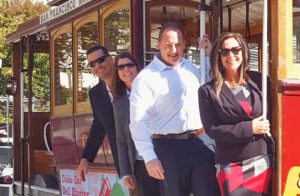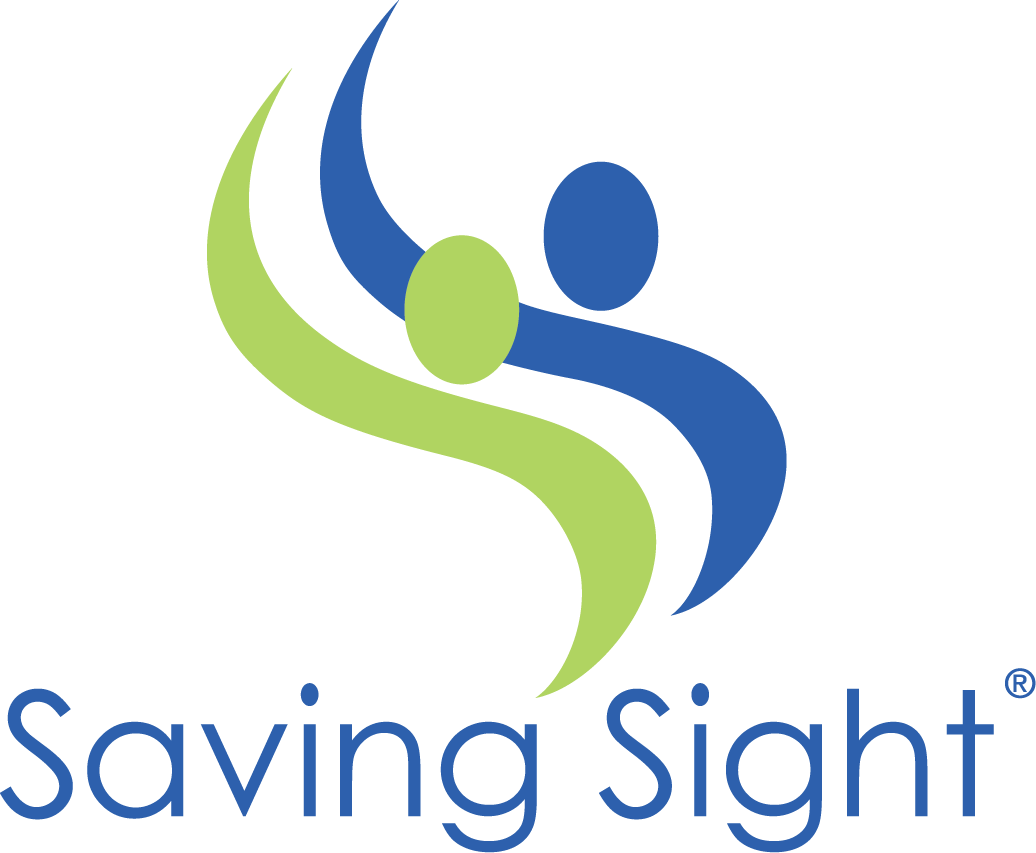 The American Academy of Ophthalmology (AAO) annual meeting was held in San Francisco this October. This meeting is the world’s largest association of eye physicians and surgeons, bringing together leaders from around the world.
The American Academy of Ophthalmology (AAO) annual meeting was held in San Francisco this October. This meeting is the world’s largest association of eye physicians and surgeons, bringing together leaders from around the world.
Our Saving Sight Team attends each year to learn about new trends in eye banking and ophthalmology, and to let our partners know innovations we are exploring. Attending also allows us to be a resource to our partners in sharing information to those who couldn’t attend or might have missed part of the meeting. This experience allows us to learn together side-by-side and be a stronger support to our partner surgeons in their work.
In case you missed AAO, or if you want a refresh, here are our top takeaways from the conference and presentations:
- Congratulations to Dr. Shahzad Mian on being awarded the R. Townley Paton Award at AAO 2019! This award is the Eye Bank Association of America’s highest honor for corneal physicians and is presented annually to an ophthalmologist in recognition of his/her outstanding contribution to eye banking and EBAA. Dr. Mian presented his R. Townley Paton Lecture entitled, Defining Competency for Cornea Surgeons: Fellowship and Beyond. During the lecture, Dr. Mian highlighted the goals of cornea fellowship in training physicians to provide the best care to patients. As the field of corneal transplantation continues to evolve, so too must training models and continuing education. His passion for education is clear, and our Saving Sight team was privileged to host Dr. Mian in St. Louis at our last DMEK wet lab in 2018. Saving Sight thanks Dr. Mian for his contributions to our DMEK wet lab and to the eye banking industry as a whole.
- During AAO, there was continued talk about the use of antifungals in Optisol. The EBAA reported a primary graft failure even with the use of antifungals. Some eye banks are increasing the concentration in hopes of improving efficacy. Many physicians are concerned about the possible toxic exposure to the tissue. This remains a controversial topic and few eye banks are adopting the use of antifungals.
- During the Cornea and Eye Banking Forum, an interesting lecture on the Comparison between Preloaded and Non-Preloaded Descemet Membrane Endothelial Keratoplasty was presented. This was pertinent for our partners who are considering DMEK and preloaded DMEK. The conclusion outlined that preloaded DMEK “showed good efficacy with similar visual outcomes, reduced graft detachment and a significantly lower rebubbling rate, compared with non-preloaded DMEK.” In addition, the study showed preloaded DMEK surgery time was significantly shorter than non-preloaded DMEK, improving efficiencies in the operating room. Another presentation of interest during the Cornea and Eye Banking Forum was DSAEK Failure in Eyes with Pre-Existing Glaucoma. The study looked at risk factors for DSAEK failure in glaucomatous eyes. The conclusion suggests glaucoma is strongly associated with a greater risk of Descemet’s stripping automated endothelial keratoplasty (DSAEK) failure.
- Several interesting articles were presented during Cornea Subspecialty Day, as well. Chief among them was EK Alphabet Soup: Which Flavor to Choose. This article by Dr. Marjan Farid provided a great summary on endothelial keratoplasty procedure choices, including DSAEK, DMEK, PDEK, and DWEK/DSO. The conclusion showed that EK is the standard-of-care for endothelial disease. In addition, DMEK provides better visual recovery; DSAEK is of value in complex eyes; and DWEK shows promise in central Fuchs-related cases. Cornea Subspecialty Day also had an interesting talk by Dr. Audrey Talley Rostov on an Update on Medical and Surgical Management of Dry Eye Disease. Dry eye disease affects more than 16 million people. One topic touched upon under pharmacologic management of dry eye is the use of serum tears. As co-founder and processor of Vital Tears autologous serum eye drops, this talk was very informative for Saving Sight to listen to. It allows us to see how Vital Tears and other techniques can be an asset to our physician partners.

